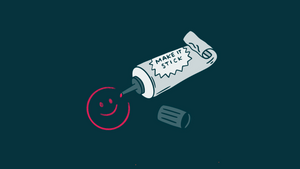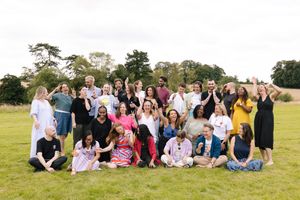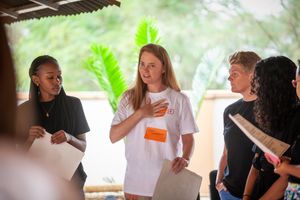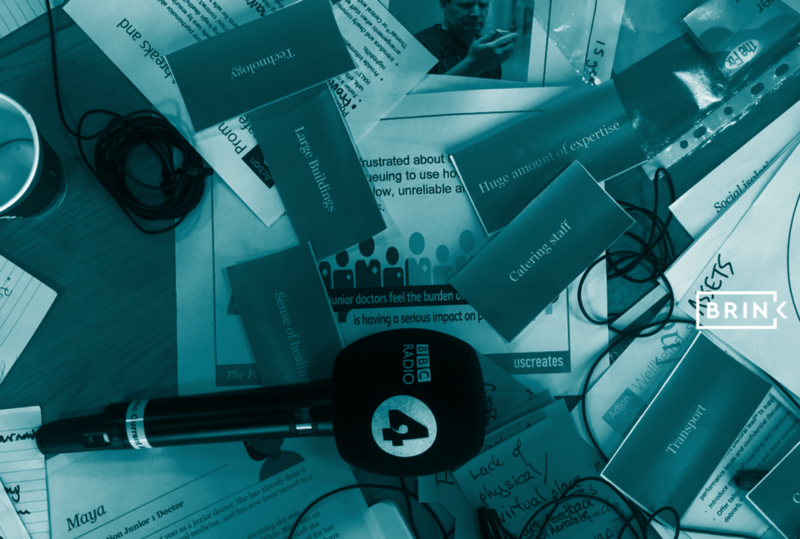
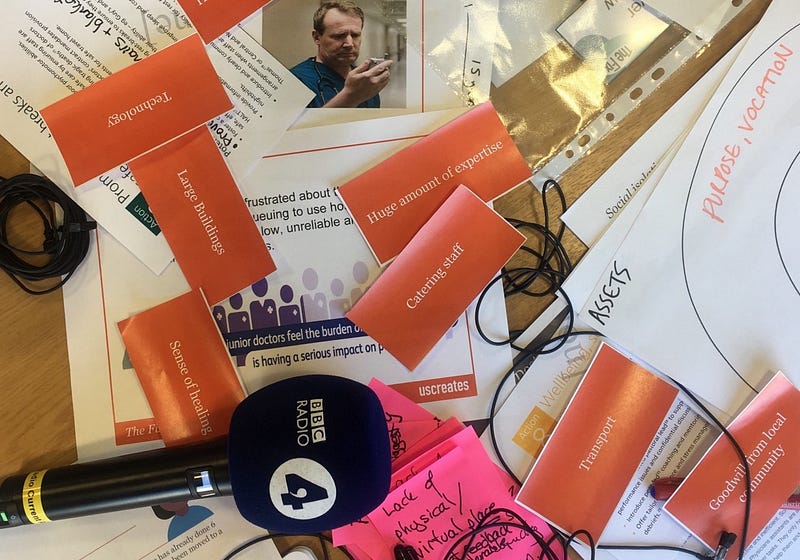
For innovation, it could be the most productive thing you do today
On a hot sunny day in July, I joined a panel to record the BBC Radio 4 show, The Fix. A series bringing together ‘12 of the country’s brightest young minds’ to solve difficult social problems, it tackles a different topic each episode from obesity to loneliness in ageing.
Our episode looks at the very tricky problem of the low morale and burnout amongst Junior Doctors that’s causing more and more of them to leave the profession, despite being the backbone of our NHS and emergency services. We gathered in St Thomas Hospital in London to rethink how the system might prevent this and imagine an innovative solution. We had just one day to come up with a radical fix that would convince a panel of judges — including the hospital’s medical director.
Now in its second series, The Fix is gaining attention for the fresh perspective it brings to entrenched problems. By bringing together multidisciplinary teams from diverse industries with experts in the subject area, it creates a different way of thinking that generates different ideas.
“Government doesn’t have a monopoly on ideas. The Fix opens up policy to a new perspective”
— Cat Drew, Director at UsCreates and The Fix Co-host
My team comprised an ethnographer, a policy-maker, a designer, an organisational psychologist (me), a Professor of Management Science and our expert, Junior Doctor and researcher Azra Zyada. As we were guided through a design process, the diverse experience and expertise of the minds around the table meant the group was able to generate diverse and high quality ideas.
“Having people from other backgrounds and professions certainly helped me to think about things in a different light” — Dr Azra Zyada, Junior Doctor and researcher
That’s because learning and explaining ideas across different groups is shown to activate broader and deeper thinking. And diversity in teams improves innovation outcomes. But there was something else I observed that day I found even more powerful than the diversity of thought — the power of deliberately allocating time to think.
With time to reflect you can better identify the problem
As a Junior Doctor, I wondered how much time Azra and her colleagues usually spend thinking about and identifying root causes of the problems amongst her peers like we do on the show:
“Unfortunately we rarely have time. Although we have requirements to audit our clinical work and do quality improvement projects we are expected to do them in our spare time against a rigid methodology. It was so refreshing to be creative for once”
About midway through the day, teams shifted from making sure we’d identified the true root causes of the problem, to starting to generate solutions. A typical double-diamond design process.

We were tasked with coming up with radical and innovative solutions. So when our group started out by generating very simple fixes to Junior Doctors’ burnout problem — like providing places for them to take naps on long night shifts and even basics like drinking water — I was very surprised to see Azra become visibly moved.
She revealed she felt stunned that in such little time, we had so precisely identified many of the challenges and seemingly simple fixes that felt basic for us as outsiders to the NHS, but would make a significant difference to Junior Doctors’ experiences on the ward.
Accurate insights in such little time. What might be possible if there was more time and space for reflection baked into NHS ways of working.
Time to reflect helps iterate and refine ideas
In the afternoon, we moved to generating ideas then combining, refining and iterating them.
Azra again:
“I loved how all ideas were plausible and how everyone’s different takes on the issues were teased out and brought together to come up with such a creative idea”
The time to discuss and deconstruct ideas then build them up into something more was powerful. Later on we pitched our ideas on how we might improve Junior Doctors’ morale to a panel including St Thomas Hospital’s Medical Director and its Chief Registrar.
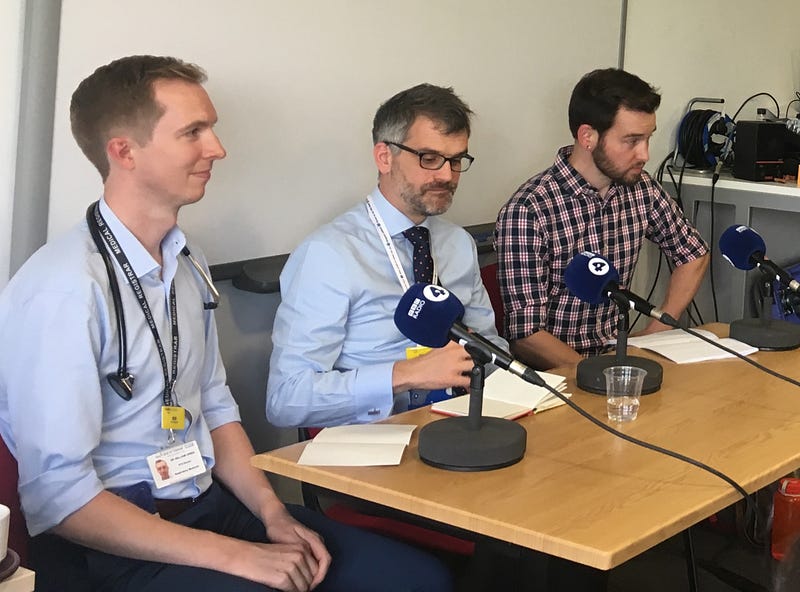
To hear the solutions each team pitched and to know which team won you’ll have to listen to the show. Both teams were brimming with ideas and it had been hard to select just one to pitch. Surrounded by those ideas it was striking how much the morale of our team’s resident expert Junior Doctor was lifted:
“Having the time to reflect, collaborate and design made me feel inspired and energised. I’ve learnt a lot from this approach I can take back with me”
We are not innovative by default
In my work and research about how organisations can help their people innovate, there’s typically an assumption that people will ‘be innovative’ if we give them permission. But that’s simply not the case. We are not all inherently innovative and even for those who are, evidence shows if we take even the most entrepreneurial talent or creative minds and place them in a non-enabling organisation, we are setting them up to fail.
To truly enable innovation we must design systems, processes and defaults that incentivise innovative behaviours and reward them. Often overlooked in all that is softer stuff of creating the physical and mental spaces for reflection and creating the psychological safety to challenge the status quo.
It’s possible to design time to reflect into ways of working so it becomes the default, not the exception. And the benefits and results are clear. Techniques for reflection inside organisations have a hugely powerful impact on the quality of our ideas and their outcomes. It’s what 3M attributes to its genius inventions like the post-it note. It’s what brought us Gmail, Google Earth and many of the google services woven into our lives today.
Creating effective time to reflect inside organisations is simple. Here are three of the ways:
1. Carve outs
Giving people time off to think, create and experiment may not sound like good business sense. Yet it’s why 3M has seen a record-breaking 60-year growth streak and why Google continues to outperform the market.
In practice, carve outs can be tailored to suit the organisation, so long as there’s structured and dedicated time to reflect on problems and imagine then test solutions. This can look like anything from carving out time across the entire company, to carving out portions of budgets for experimentation.
At law firm Mischon de Reya, certain partners can allocate 20% of their billable time to tech innovation. At Skyscanner, the whole company has Maker Time every Wednesday. Buzz Pearce, Skyscanner’s Global Head of Design told me about their approach:
“Taking time out of the busy daily delivery, that’s really where the quality of thought is. We recognised the need to protect it so we created Maker Time every Wednesday.
The entire company switches off emails, no meetings are held, people are free to work from wherever they can be most productive, and everyone is urged to make, and to ship”
At 3M the percent time programme has been in place for 70 years and allocates 15% time to everyone across the company. All are encouraged to “chase rainbows and hatch their own ideas”, and are trusted to take that time whenever they see fit. It’s where the majority of 3M’s 22,800 patents have come from.
Meanwhile, our own work with DFID on Frontier Technology Livestreaming is as a direct result of this kind of carve out too. The programme offers advisors working in DFID’s countries the chance to explore the application of frontier technologies like drones, 3D printing, IoT and more to the biggest challenges in development. The successful bids get money to pilot their ideas, coaching from our team to work in lean and agile ways and matchmaking with tech experts as required. This carve out has resulted in leapfrogging business as usual. Last month, in Zimbabwe five babies were born under electric light as a result of one of 16 pilots in the portfolio.
2. Pre mortem
If an innovation fails, a postmortem will examine why. Fingers may be pointed, there may be blame apportioned to some, whilst others distance themselves from the failure by saying they’d seen it coming all along. A pre-mortem gets around all that by considering how it could fail ahead of time. By asking ‘how will this end in disaster?’ before an experiment or launch, there’s an opportunity to address those risks in advance and improve chances of success.
According to Dave Gray, author of innovators toolkit Gamestorming:
Unlike a more formal risk analysis, the pre-mortem asks team members to directly tap into their experience and intuition, at a time when it is needed most, and is potentially the most useful.
It’s little-known and therefore rarely used despite being so easy to implement and hugely effective. Using this technique of prospective hindsight can improve people’s ability to predict the reasons for future outcomes by 30%. If that’s not convincing enough, Nobel Prizewinner for his work on decision-making, Daniel Kahneman, says its his favourite technique of all for making better decisions.
3. After Action Reviews (AARs)
A technique long used by the army, After Action Reviews (AARs) are relatively unknown in business. They enable reflection and new ideas by asking the questions: What was supposed to happen? What actually happened? If there was a difference, why? What can we improve on next time?
AARs are particularly useful for innovation because they equip us to move away from black and white language of failure and success, towards more nuanced territory of mistakes and what we should be learning from them. In that context, mistakes actually fall into three categories, either preventable, complexity-related or intelligent. When we understand the difference, we are equipped to understand what we could do differently next time.
In innovation we’re operating at the frontier of what’s never been done before. There, mistakes tend to be of the intelligent category. The right kind of experimentation produces good failures quickly. Managers who practice it can avoid the unintelligent failure of conducting experiments at a larger scale than necessary.
We use AARs in our work to pivot, set out experiments for new and better ways of working, and ensure we’re always learning and iterating. By turning HCD and lean tools on our own work like the Frontier Technology Livestreaming programme, we can innovate on the innovation programmes themselves.
According to Amy Edmondson, Harvard Professor of innovation and teaming:
Exceptional organisations are those that go beyond detecting and analysing failures and try to generate intelligent ones for the express purpose of learning and innovating. It’s not that managers in these organisations enjoy failure. But they recognise it as a necessary by-product of experimentation.
Rather than fear failure, organisations must recognise it’s inevitable and can be highly useful. Those that seek to identify and learn from failure by taking the time to correct and build from it before others do will succeed. Those that seek to blame will not.
Brink is a team made of strategy, coaching, psychology and tech expertise.
We believe it doesn’t matter if your goal is shareholder return in Silicon Valley or social impact in Kathmandu Valley, focussing on smart innovation method and the organisational Afculture to enable it is the most fruitful path to achieving impact and results. That’s why we created Brink; to build innovation skillsets and mindsets, and design workplaces where they can continually thrive.
Talk to us at [email protected]
With thanks to Matthew Taylor, RSA Chief Executive and Cat Drew, Director of UsCreates for inviting me to join the show and to my The Fix team members: Rebecca Ford — head of design programme, RSA; Alma Berliner — IPSOS Mori; Sanjan Sabherwal — Policy expert, Policy Lab. Plus advisors Azra Zyada — Junior Doctor and independent researcher and Celia Glass — Professor of Management Science, Cass Business School
